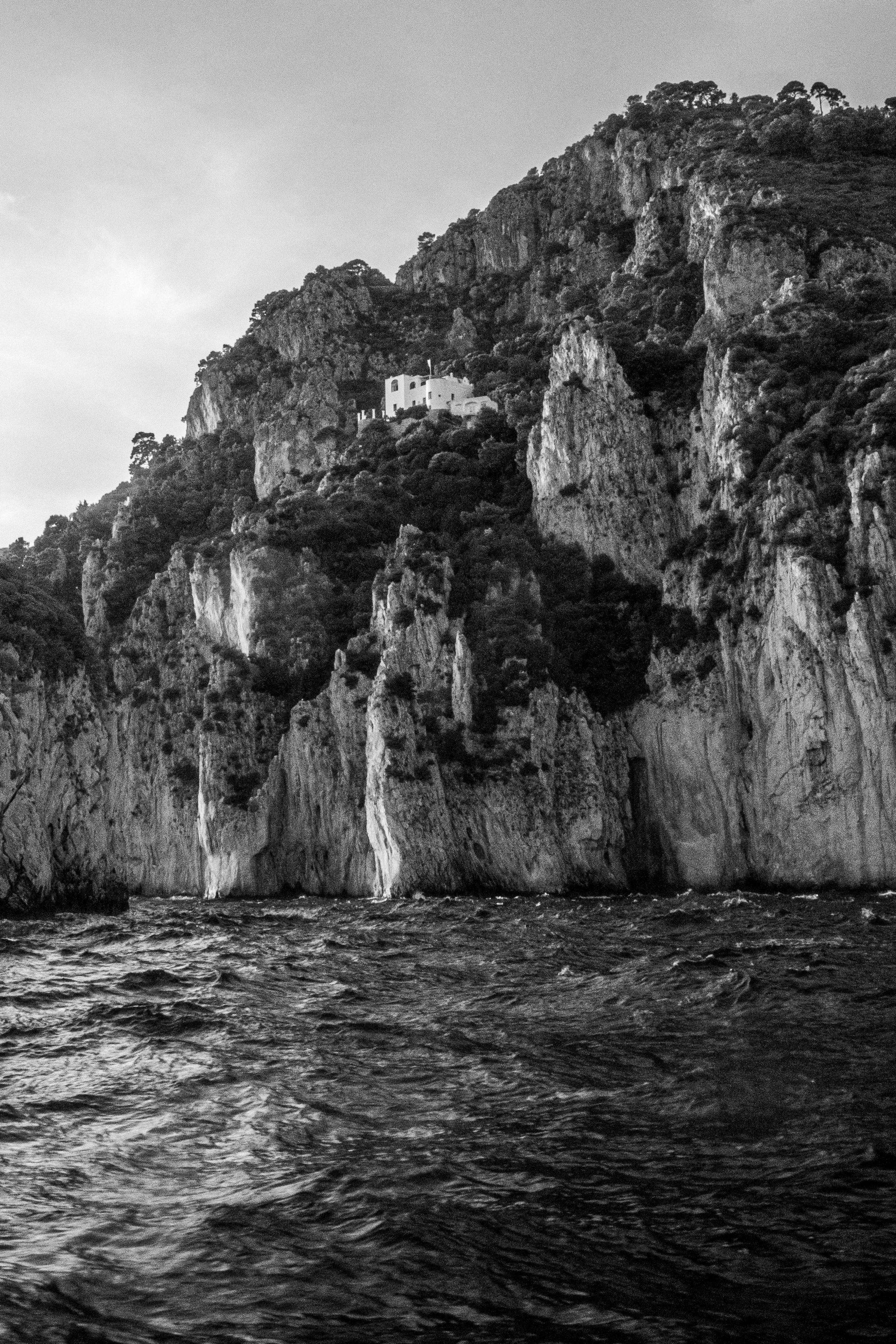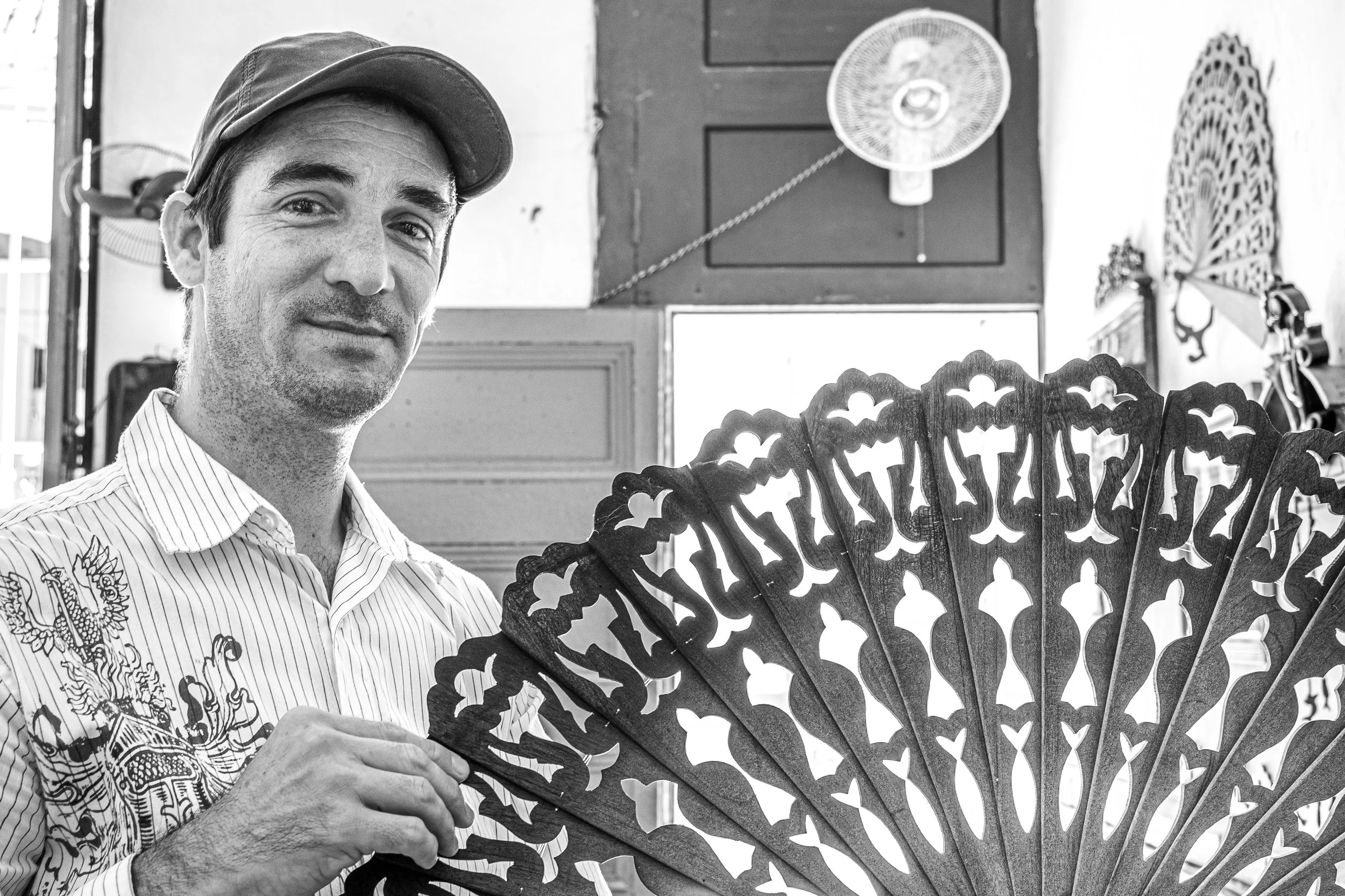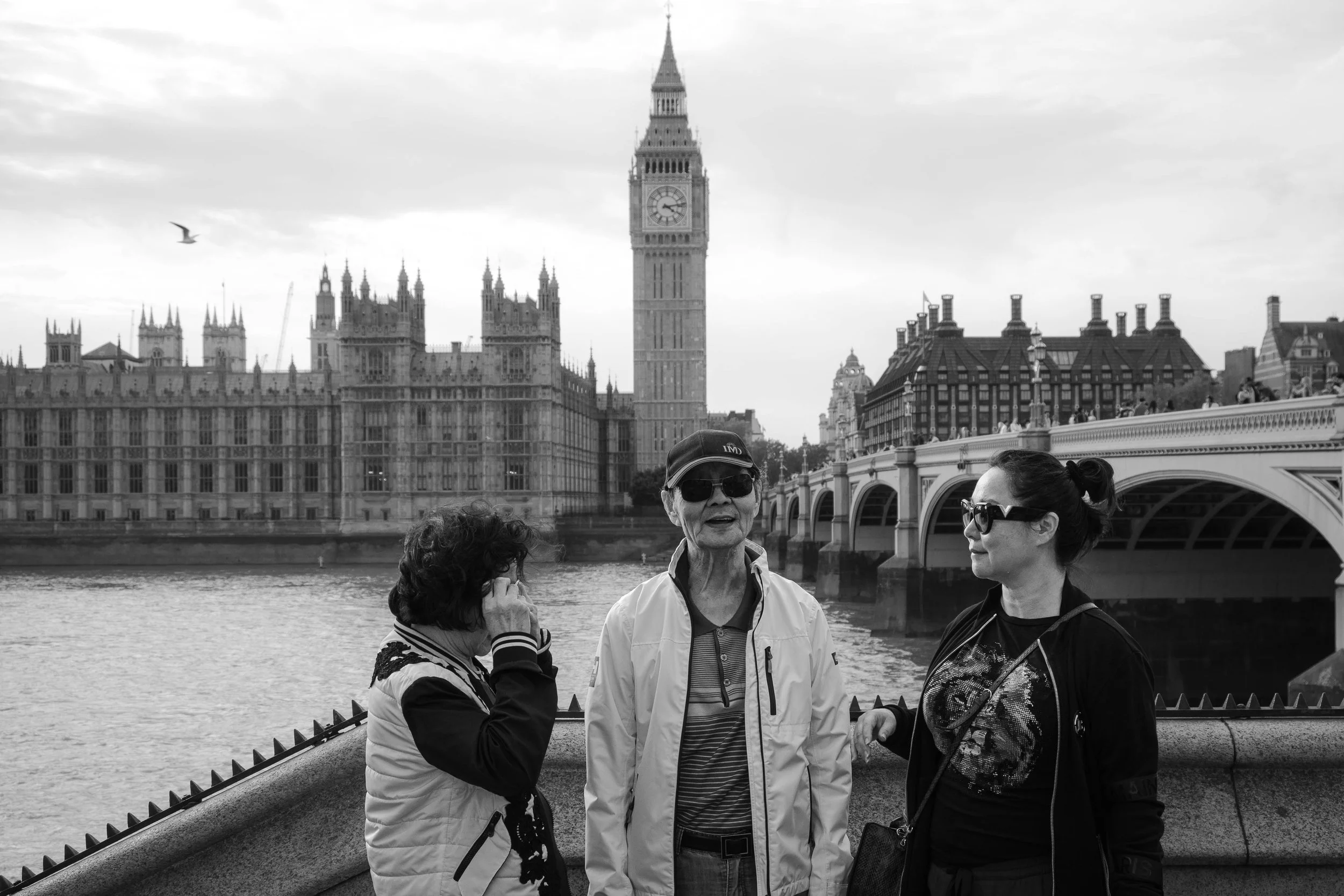How slowing down will instantly improve your photography
In a world where cameras shoot 20 frames per second and storage feels limitless, it’s easy to fall into the trap of taking more and more photos. But the truth is, slowing down can change everything about the way you shoot. Read until the end to learn how.
Slowing down helped me wait for the right moment to capture this bird flying over the Mediterranean sea near Cinque Terre, Italy.
More photos doesn't mean better photos
You’ve probably been there scrolling through your shots; you might find a few keepers, but also dozens that feel empty. Nice composition, decent light... but no connection.
That’s what happens when the camera sees more than you do. The example below shows my attempt to capture this man walking on the seashore. There were more attempts than the eight shown.
Shooting fast can make you miss the emotion, the atmosphere, the why behind the photo. But when you slow down — truly slow down — something shifts. Your senses take over. You begin to notice things you otherwise wouldn’t: the way shadows wrap around a building, the rhythm of footsteps on the sidewalk, the stillness in someone’s gaze. Check out my Cuba photography guide for good examples.
If you’ve ever photographed a place like Rome, you know how overwhelming it can be. So much beauty in every direction. This guide to photographing Rome might help you slow down and focus on what really matters.
Let the moment hit you first
Before you reach for the shutter, let the scene affect you. Let it breathe. Ask yourself what stands out emotionally, not just technically. What’s pulling you? What makes this different from any other street, face, or sky you’ve ever seen?
I was touched by the shadow of this simple bench in a park in Greenville, South Carolina.
Once you start doing this, you’ll find your photos hold more meaning — not just for you, but for anyone who sees them. They’ll feel what you felt, even if they’ve never been there.
A moment worth remembering
On a small boat gliding around the cliffs of Capri, the light was doing exactly what you’d hope for — soft, golden, painting the rocks orange and the sea a deep blue. Everyone on board was ready to capture it. So were you.
But sometimes a view is so moving, so layered and textured and alive, that lifting a camera feels like interrupting something sacred. So you wait. You take it in with your eyes. You let your senses catch up before the shutter ever clicks.
That pause — whether it’s on an Italian island or your own street — can make the photo that follows worth remembering.
This was that moment for me on a boat ride around Capri, Italy.
What slowing down actually looks like
This isn’t just philosophy. Slowing down is a skill. And like all skills, it can be practiced. Here are a few ways to try it:
• Use fewer shots on purpose. Limit yourself to 24 or 36 frames per walk — like shooting film.
• Turn off burst mode. Wait for one defining moment instead of hoping to catch it in a rapid-fire sequence.
• Switch to a prime lens. With one focal length, you’re forced to compose more intentionally.
• Stand still. Spend five minutes in one spot without shooting. Just observe.
• Look for texture, color, shape. What details would you have missed if you'd shot too quickly?
• Talk to someone. A local, a stranger, a fellow traveler. Ask what they notice. It might open your eyes.
• Walk without your camera. Or at least keep it in the bag for the first 10 minutes. See with your eyes first.
Jose was that stranger I took the time to talk to. He showed me around his store in Trinidad, Cuba. He was so proud of his work that I wanted to capture that feeling with my camera.
You can also try a one-day challenge. Take just 10 photos the entire day. Not 10 per hour. Ten total. Let that limitation sharpen your vision and focus your intention.
Slowing down improves your editing, too
Most photographers probably spend more time editing than actually taking photos. And when you have fewer, more intentional images to work with, your post-processing becomes more enjoyable and less overwhelming.
You’re not sifting through 200 similar frames looking for “the one” (I’m guilty of this many times). You know which one it is — because you waited for it, felt it, and took it with purpose. You spend less time deleting and more time refining.
It’s not just a better workflow. It’s a better relationship with your own work. For example, which photo below do you think felt was taken with more purpose (slowed down)? Let me know in the comments.


The reward is depth
When you stop chasing the next photo and start being present for this one, your work changes. It becomes less about proving you were there and more about saying something about there. You move from just documenting to actually interpreting.
And interpretation is where your voice as a photographer lives.
Anyone can take a photo of a famous landmark or a busy market. But only you can tell the story you see within it. And that story doesn’t rush. It waits for the one who’s paying attention.
One way to embrace this kind of intentional storytelling is by simplifying even further — like shooting in black and white, where emotion and form take center stage.
Try it
Next time you're out with your camera, resist the urge to click right away. Give yourself a moment. Let the space around you settle. Notice what feels different — what’s unfolding right in front of you that’s easy to miss.
Let the colors speak. Let the shadows move. Let a story form.
And when you finally raise the camera, shoot not to capture everything — but to hold onto what really mattered.
That’s why I created this space to begin with. Not just to share photos, but to explore what they mean.
Want more thoughtful photography tips?
Subscribe to the newsletter and get stories, insights, and creative exercises that help you grow — one photo at a time.
Or share your slow-photo challenge results and tag @still_jg. I’d love to see what you see when you slow down.












